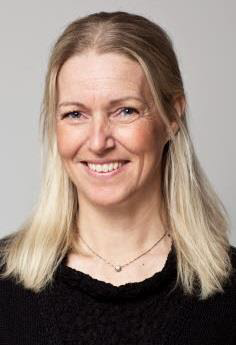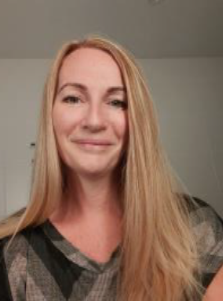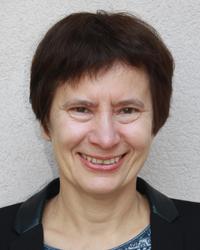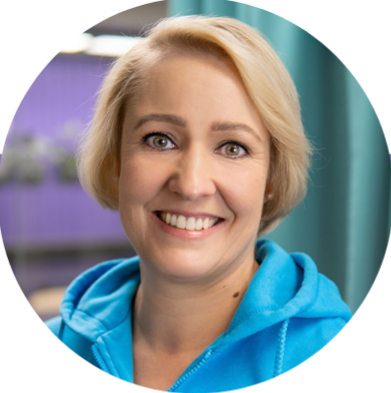This session consists of a sponsor lightning talk followed by three presentations.
Featured Speakers
Lidia Anifantaki, ILYDA SA
Download the presentation
Janina Mincer-Daszkiewicz, University of Warsaw, Poland:
Presentation Success story – 25 years of digitalization of higher education institutions in Poland #7
The year was 1999. Polish higher education institutions – HEIs (14 in number), with several European partner HEIs, started the Tempus JEP (New Educational Tools) project. The goal was to purchase or develop a student information system (SIS). At this time, only one Polish university had a system of this type with a central database, but it was not suitable for deployment in other HEIs. Other institutions either had separate systems in each dean’s office, without a common database, or they had nothing and used Excel on an ad hoc basis. The conclusions from market recognition were not optimistic – there was no central system that could be purchased for everyone with the money available in the project. What to do?
The year is 2024. Polish HEIs (96 in number) are gathered in the University Centre for Informatization (MUCI) consortium† and develop a student information system University Study Oriented System (USOS)‡ for their use. This is a non-profit venture. The USOS system supports all study-related processes, is integrated with other domain systems at the university, and with many central systems in Poland, including systems of the Ministry of Science and Higher Education (further referred to as Ministry), as well as with European networks exchanging data on student and staff mobility (EMREX§, Erasmus Without Paper – EWP**, eduGAIN††).
How did it happen that almost 100 HEIs, differing in profile, scientific category, size and form of ownership, jointly develop a tool necessary in everyday operation? This endeavor covers approximately 50% of public HEIs and 23% of all HEIs in Poland, about 67% of students of public HEIs and 47,35% of students of all HEIs in Poland (data is from December 2022, the numbers are higher in 2024), including majority of the top twenty most prestigious Polish HEIs.
The purpose of this article is to present the USOS system and the MUCI consortium, as well as the path that MUCI and USOS have taken between 1999 and 2024. I hope that readers will find inspiration in this story, both at the organizational and technical level. The history of USOS and MUCI shows that taking challenges pays off.
Download the presentation
Toni Sallanmaa and Mari Riihiaho, Funidata Ltd, Finland:
How Funidata created a cloud-based SIS in cooperation with universities #41
We discuss how a modern, cloud-based SIS system is a driver for digitalization in many different areas. At Funidata, we have developed a SIS system for the 2020s in partnership with major Finnish universities. Digital workflows, inter-institutional co-operation, accessibility, usability, and lifelong learning are just a few of the areas we have evolved. We have created a model, where the core of the solution is non-customizable and the same for everyone regardless of the size of the university, with add-on modules bringing in additional functionality.
Alongside system development, we’ve had to tackle issues relating to enterprise architecture and international and national co-operation, information security and data protection, cloud infrastructure and management. These are all factors that need to be considered when developing modern solutions for a rapidly digitizing world and that are exceedingly hard to tack on later in the development cycle.
We will take you on a journey chronicling our way of creating cloud-based SaaS solutions for the HEIs, driving digitalization forwards and how we have taken what we learned with our SIS system to other areas. We detail many of the challenges we have faced and the good practices we have created.
Download the presentation
Brita Åkerström and Christina Brandt, Swedish LADOK Consortium:
Providing Swedish higher education institutions with a common digital solution for doctoral student’s individual study plans #32
Ladok is a student information system for higher education in Sweden and is owned by 40+ higher education institutions throughout the country, together with The Swedish Board of Student Finance. The system is mainly used by students and administrators in order to register on courses and exams, report results, see course schedules and handle degree certificates. Since the summer of 2022, Ladok has developed a new feature, Ladok ISP, individual study plans for third-cycle studies. The feature is now launched and many of the higher education institutions plan to merge their individual study plans into Ladok ISP in 2024. During the process of developing Ladok ISP, many people from different higher education institutions have been involved and worked close together with developers, usability experts and analysts within the Ladok Consortium. The response from the higher education institutions has been very positive and they have expressed appreciation for being so involved in the process throughout the course of the project.
In this presentation, we will talk about how we took the process from idea to deploy in 18 months, continuously listening to our customer’s different opinions and merge them into one.
Download the presentation






